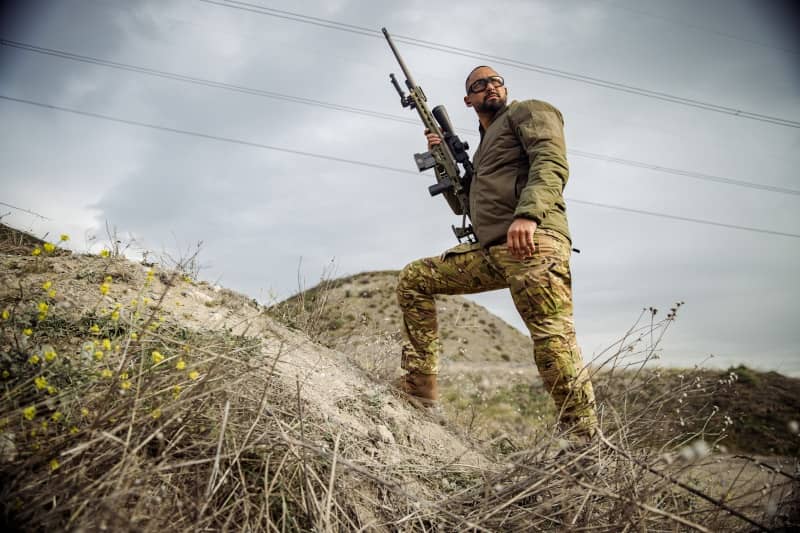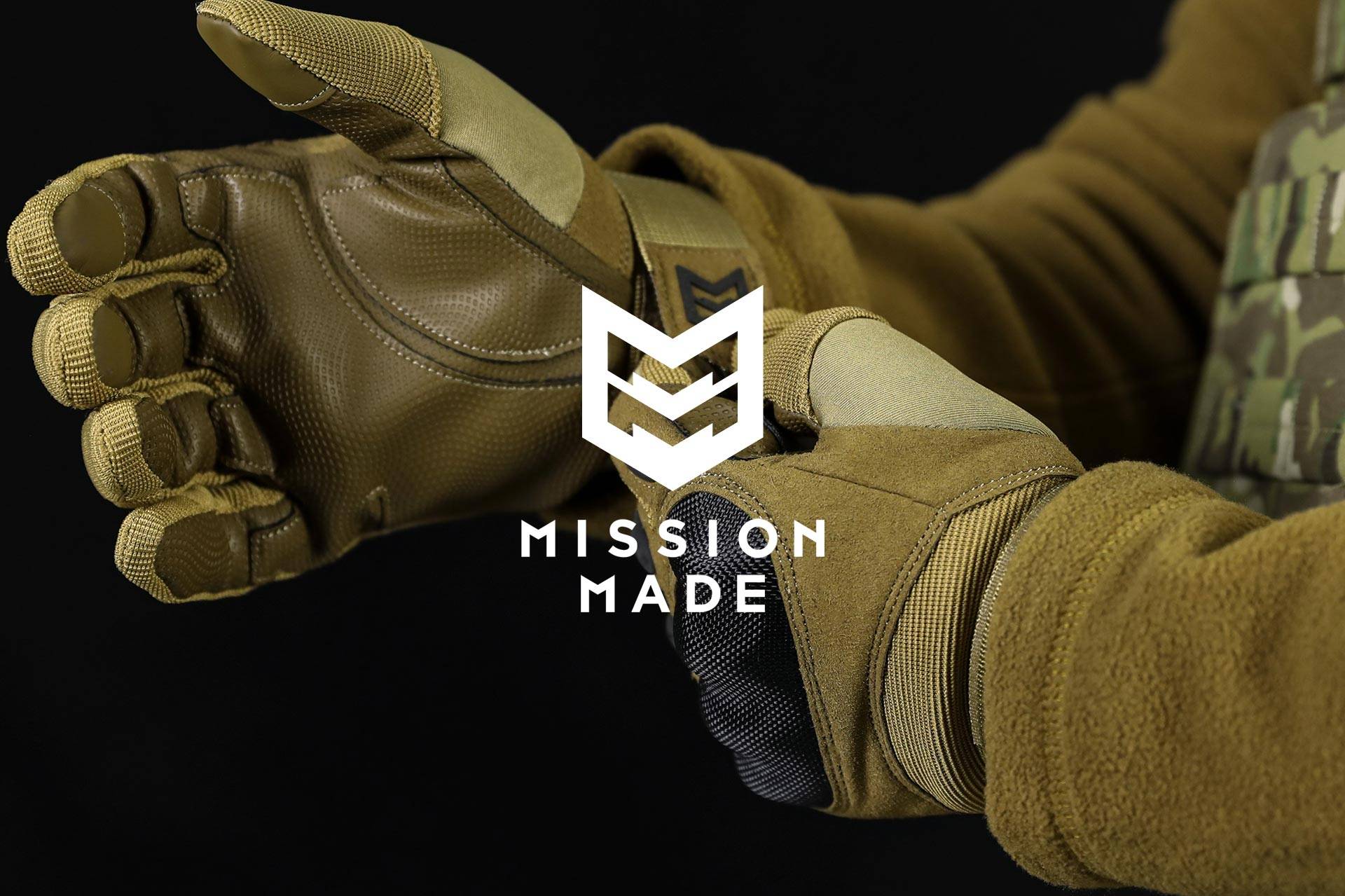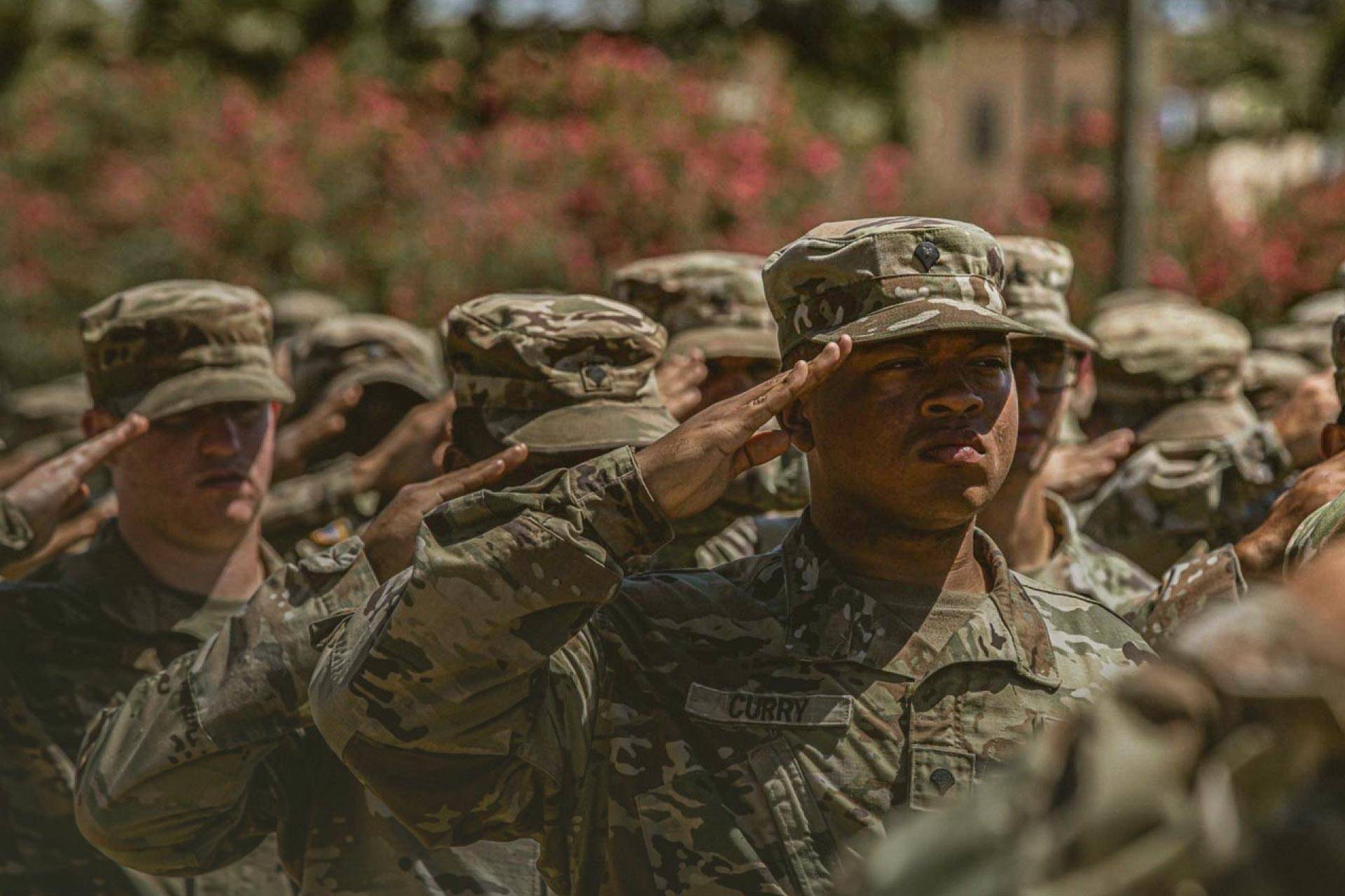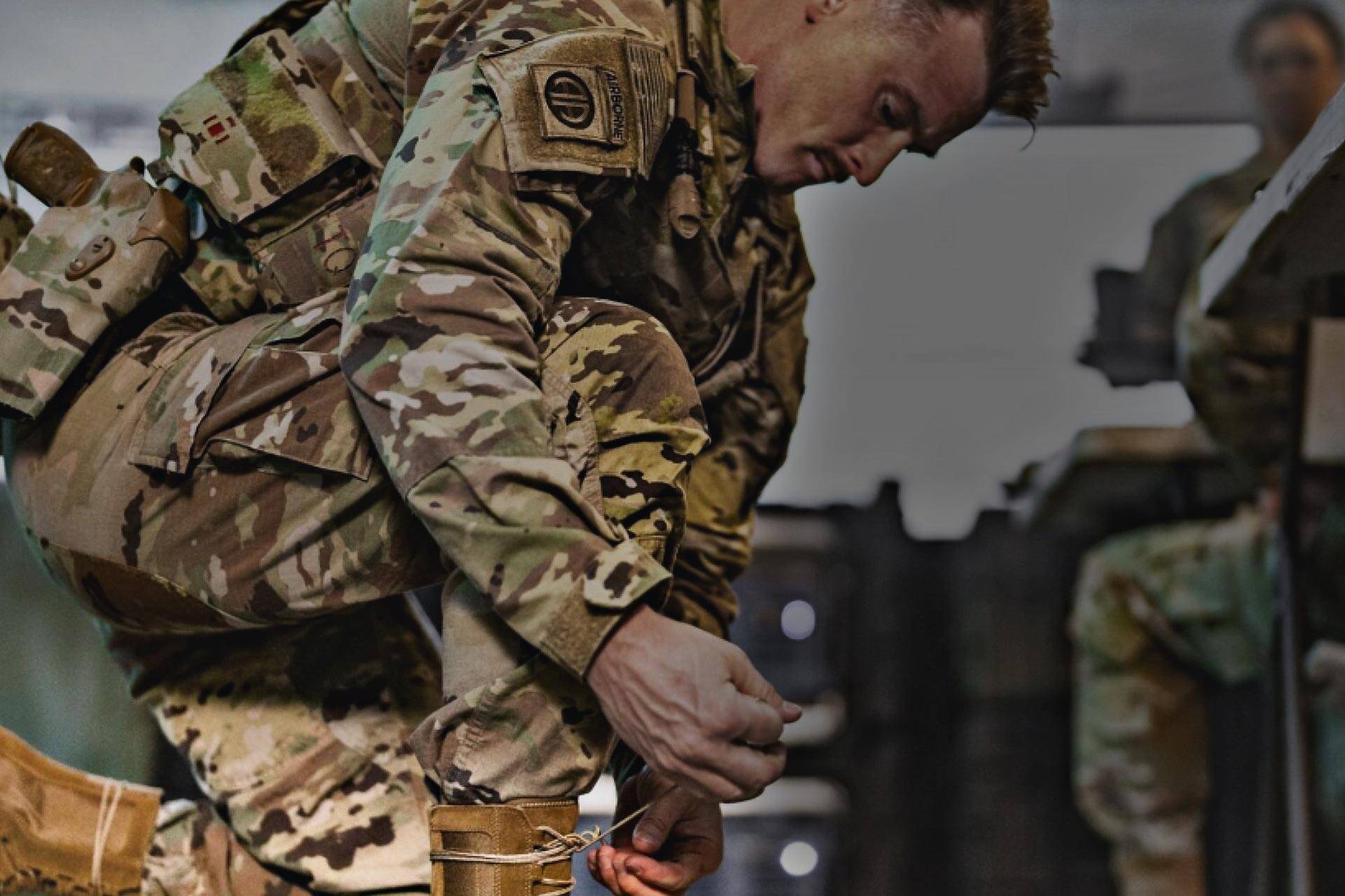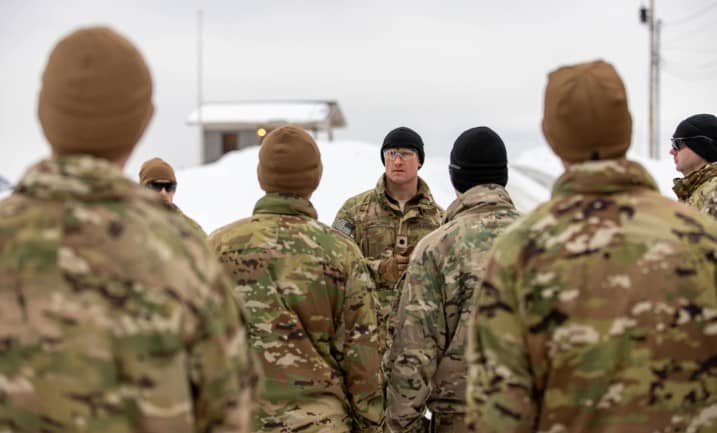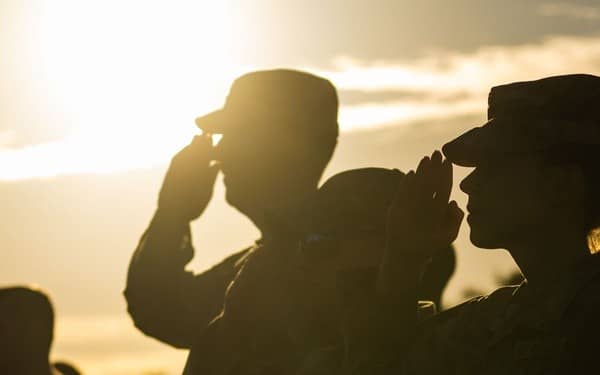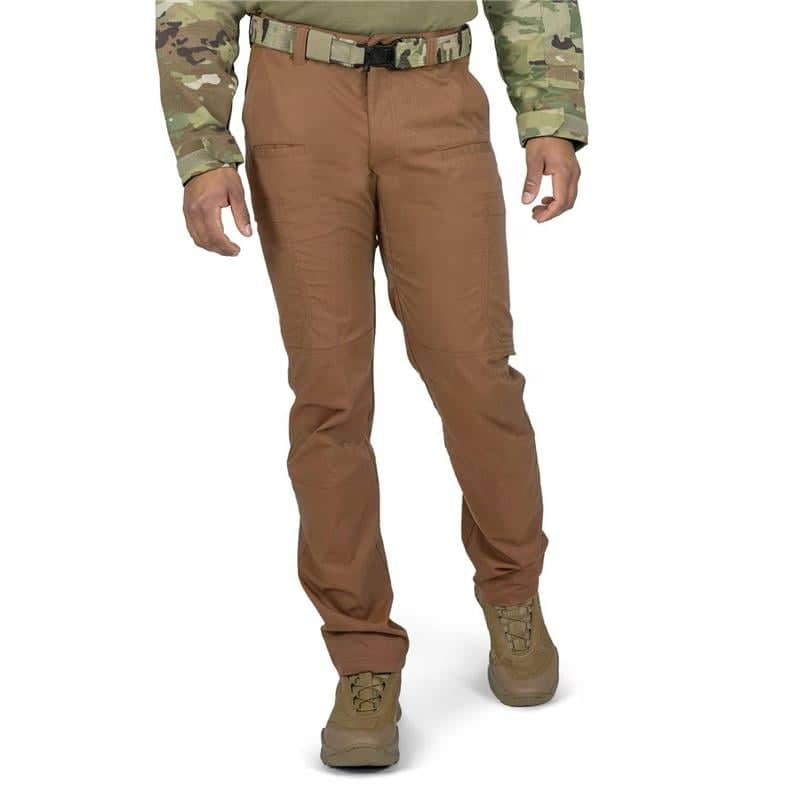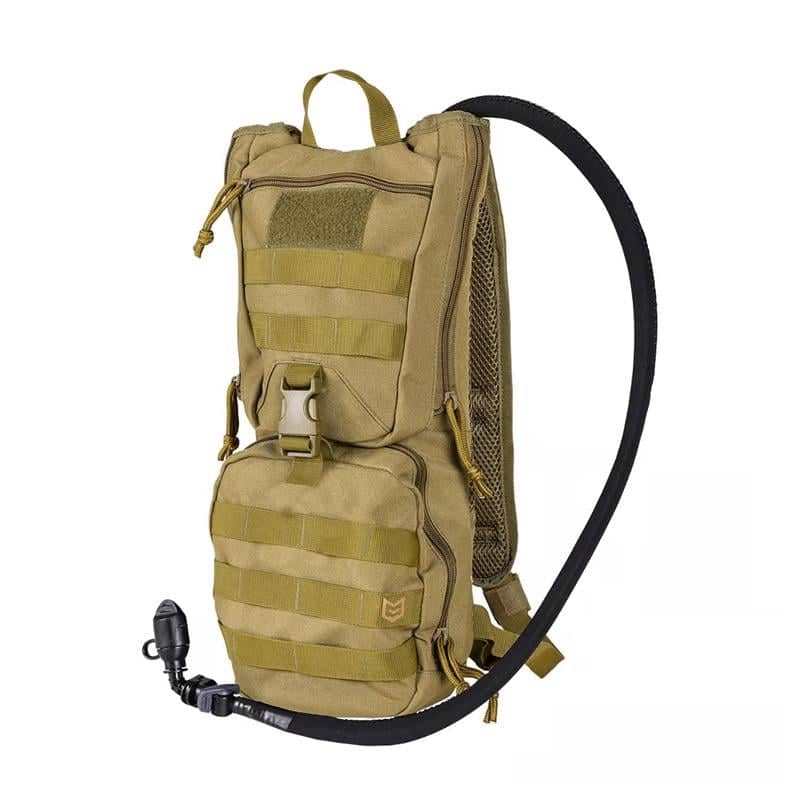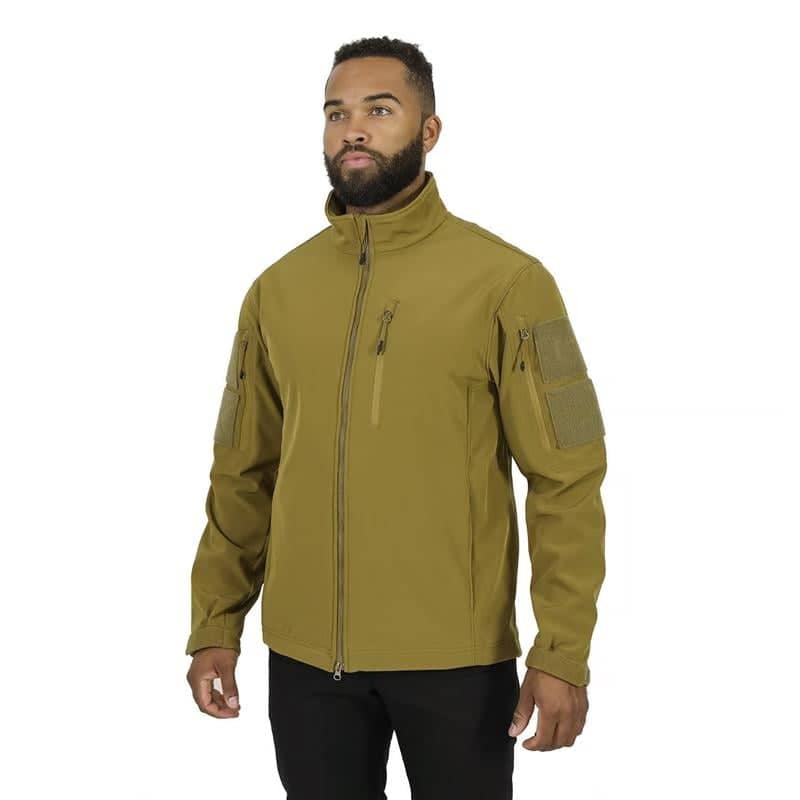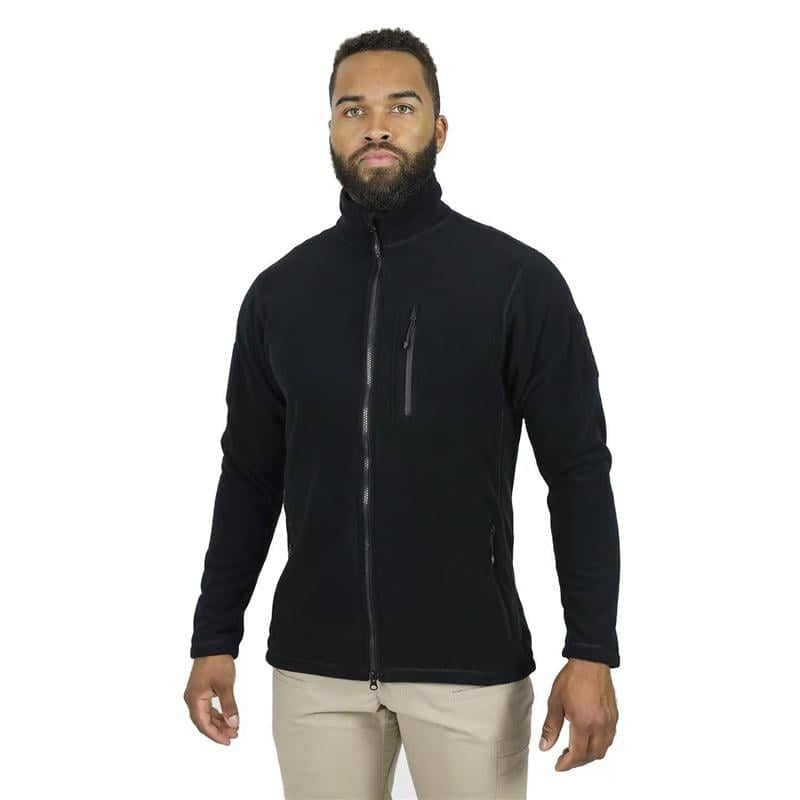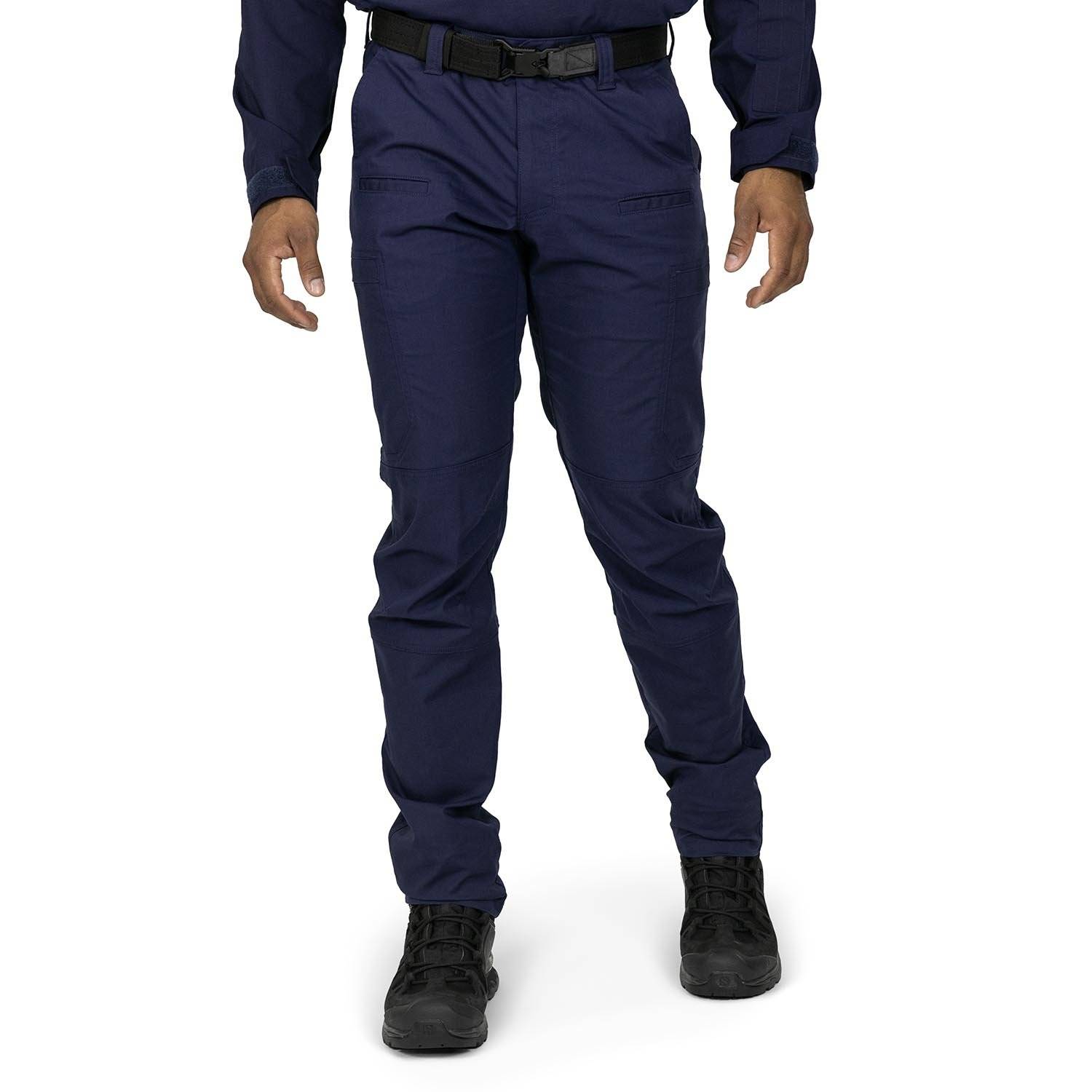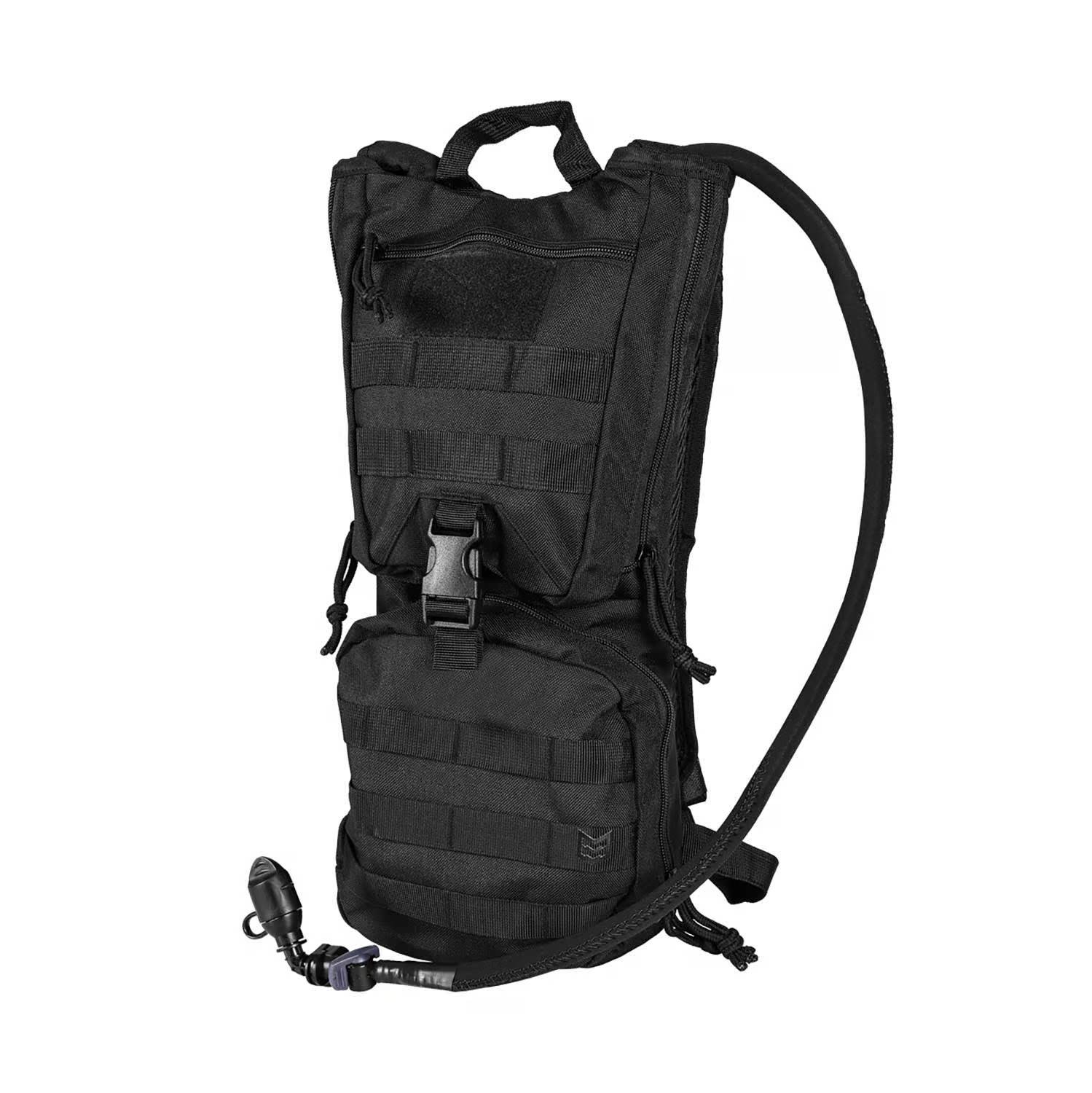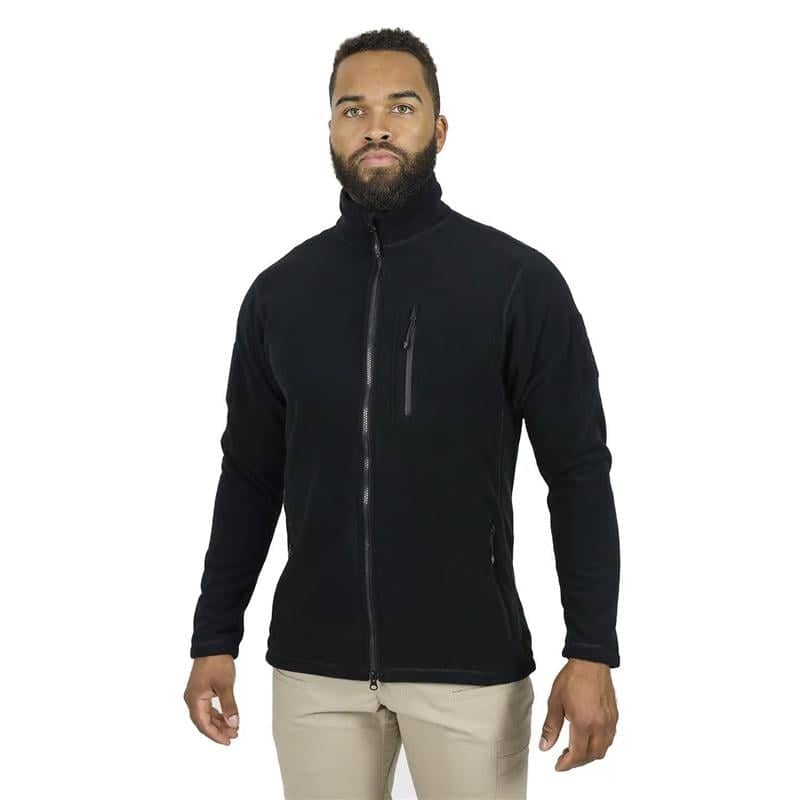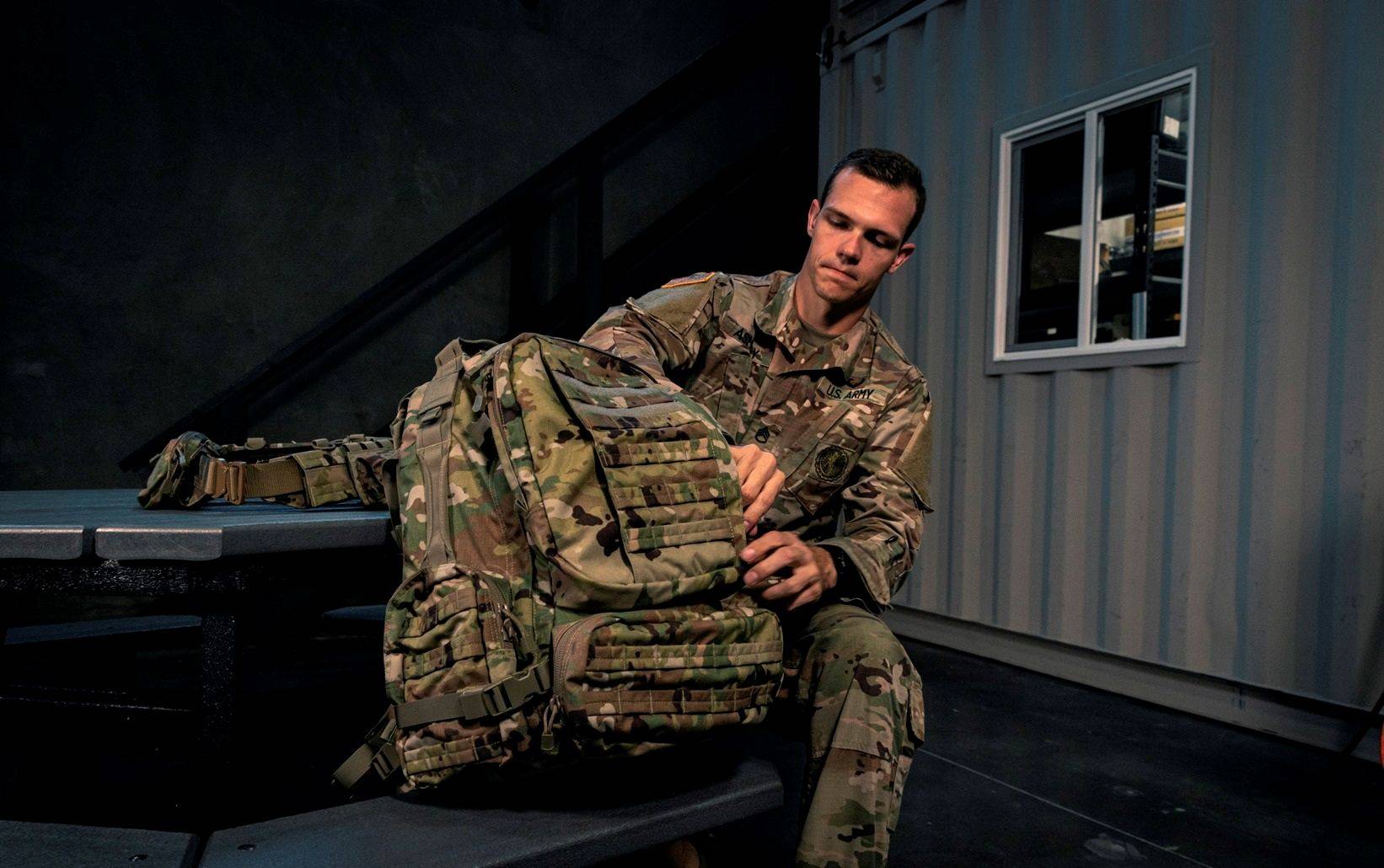
US Army Deployment Packing List


When you receive deployment orders, it’s normal to immediately start thinking (even worrying) about a million different things. We’re here to make at least one of those things a little easier: your packing list.
Your unit should give you a packing list, including everything required for deployment. However, we’re here to provide some general guidelines that include things to consider. It may not be specific to your duty station or MOS and may not account for seasonal or environmental factors. You may or may not have clear guidance on the size, weight, or number of bags you can bring. If not, it’s better to avoid overpacking; you can always discard or give away your least essential items en route if necessary, but if you’re missing items when you arrive, it may be a while before you can replace them.
This guide will cover the most essential gear and documentation you’ll likely need, but this list isn’t comprehensive. You likely won’t need everything on this list. Conversely, you may need items that aren’t included here, so spend some extra time thinking about those possibilities. We’ll also share some packing tips that can dramatically increase the amount of gear you can carry comfortably.
Critical Documents and Supplies
No matter where you’re going, you’ll need these items to ensure you don’t run into any major medical, legal, or financial problems.
Your military (not civilian) passport
Dog tags
Four copies of your orders (one copy for yourself, one copy for everyone else who will need to see your orders along the way, and two extra copies just in case)
Complete medical records jacket, if applicable
Tip: The military is still in an awkward in-between state with regard to documentation. Many records are electronic, but not all military installations have full access to electronic record systems, and some kinds of paperwork are not yet universally digitized. Be sure to get physical copies of whatever paper records may exist in your file, especially when it comes to important medical and legal documents.
Life and health insurance ID cards and binders, if applicable
Emergency contact list
Power of attorney, living will, and any other legal documents that are currently in force
Tip: Carry all of your critical documents on your person at all times throughout your trip. You definitely don’t want them inside a lost or stolen bag.
Credit/debit cards and a small amount of cash (only what you need for a few days worth of food and incidental expenses, plus $100 or so for emergencies)
Tip: If you’re going to another country, a good practice is to let your issuing bank know that you will be visiting another country; otherwise, you may not be able to use credit or debit cards and it may be flagged as fraud; it depends on the card issuer, the country in question, where you’ll be stationed, and a few other variables. If you’re not sure, bring a little more cash—but not too much.
Uniforms and Clothing
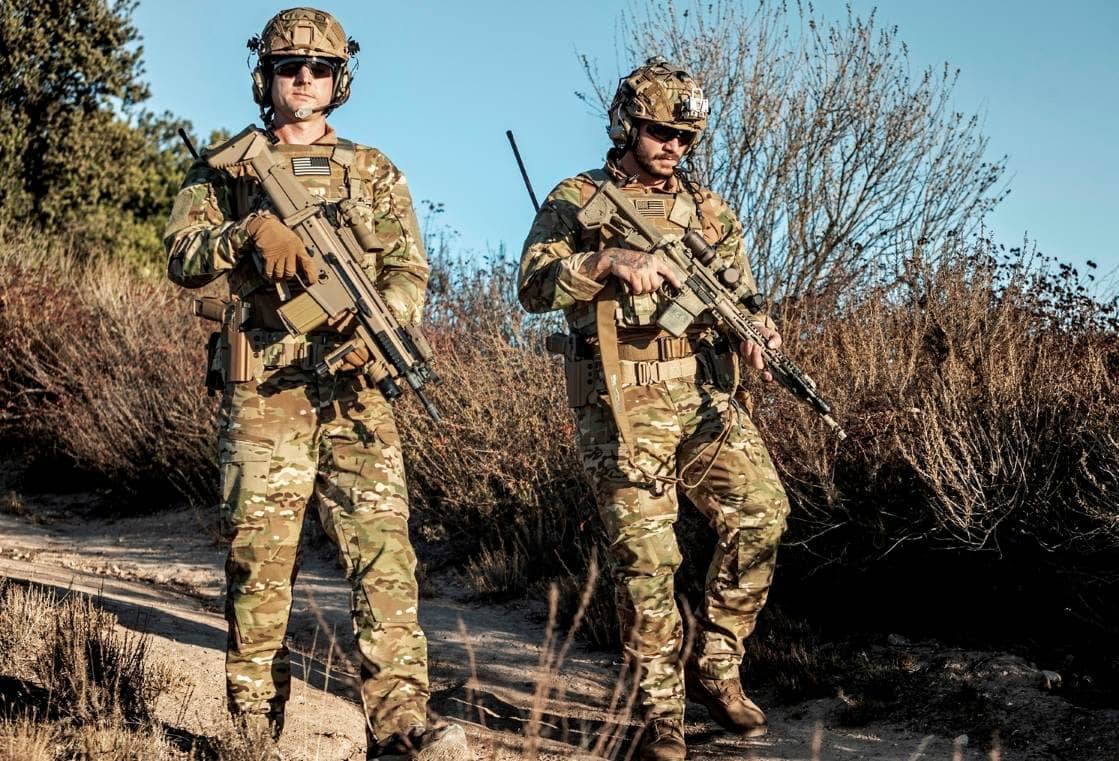
No matter where you deploy, you’ll generally be required to bring at least two sets of your standard duty uniform, including undershirts, socks, and underwear. (Bringing more than two sets is often a good idea, but watch your total bag space.) The items listed here are some general guidelines in addition to your unit. Your leadership may have specific requirements based on your mission and unit you are in.
Whatever headgear is appropriate for your duty station, job, and local weather (at least one of each)
Cold-weather gear or hot-weather gear or uniforms as dictated by the area of operations (AO)
Extra socks, undershirts, and underwear, bag space permitting
Tip: Learn how to make a “ranger roll” if you don’t know how. A “ranger roll” is a specific way of rolling a pair of socks and underwear into an undershirt to create a compact, ready-to-wear set.
One or two sets of shorts/sleepwear
Two total pairs of boots (including the pair you wear while traveling, if applicable). Sometimes more depending on the length of the mission.
One pair of running shoes and even lifting or weight training shoes if you have the room. Your duty station will likely have a gym, and is a great way to spend any extra time you have.
One or two sets of civilian clothing, space permitting (and if allowed)
Extra boot laces, insoles, moleskin, foot powder, and elastic wraps
Tip: All of your extra foot care items should fit easily inside your spare boots, saving bag space.
Basic Gear and Equipment

To a large extent, the gear and equipment you’ll need will depend on your MOS, your new duty station, and your method of travel. This section of our packing list is mostly a set of broad suggestions to help you think about things you may not have considered, but you likely won’t need all of these items.
Tip: With creative and efficient packing, most (if not all) of the other items in this list should fit in your duffel bag.
Rucksack
Tip: Your typical bag list will consist of 2 duffels (A and B bag), your rucksack, and your assault pack. Your A, B, and Ruck are typically very full - again will depend on the units packing list. You will likely travel with your assault pack.
Alternatively, if you’re short on space, pack your backpack with your most essential items and wear it as a carry-on.
Gloves , including shooting gloves, cold-weather gloves, and/or armored gloves, as applicable
Flashlight and headlamp with extra batteries
Wristwatch (smart watches may not be allowed; even if they are, they are likely not practical during deployment)
Tip: Pack all of the small and medium items in this section tightly into a smaller bag, then put that bag inside your duffel bag. This will keep those items together and secure, and it’s more space-efficient than tossing them all inside your duffel bag individually.
Hygiene, Medical, and Personal Care
You never know when you’re going to have an unplanned overnight stay, whether due to a canceled flight or some other complication. Even if your trip goes smoothly, it may take a few days to get settled in at your new duty station, and you’ll need hygiene supplies in the meantime.
When it comes to hygiene items, this is one area where you have some flexibility in your packing list. Bringing items that provide comfort and a sense of normalcy can make a big difference while deployed. Whether it’s your favorite body wash, face wash, or lotion, having familiar hygiene products can be a small but meaningful way to maintain routine and comfort.
Hygiene bag large enough to fit all of the other items in this section (except towels and washcloths)
Toothbrush and toothpaste
Floss
Deodorant
Shaving kit
Tip: If you use canned (pressurized) shaving cream or gel, don’t pack a brand new can. If you only have a new can, empty about ten percent of its contents before you pack it. It’s rare, but full cans of shaving cream have been known to explode at high altitude.
Shower shoes - Crocs or similar. Not cheap flip flops. Most bases are gravel or compacted dirt, flip flops do not hold up in that environment. You will also be wearing them year round and crocs provide a little more protection in the cold.
Clippers with charger (for men, optional)
Nail clippers
Tweezers
Bobby pins, hair clips, and/or hair ties (for women, optional/as needed)
Sunscreen, lip balm, and bug spray, as needed
Unscented body lotion and/or body powder, as needed
Eyeglasses (two pairs), contact lenses, and related supplies (if applicable)
Prescription medications (30-day supply)
Tip: If you need to take medications that have to be refrigerated or otherwise stored a certain way, such as insulin, be sure to notify your command well in advance of your trip.
Two bath towels and two washcloths (bag space permitting—usually not essential)
Bar soap or body wash (bar soap is much more compact)
Shampoo
Tip: Squeeze extra air out of all bottles that contain liquid, put the bottles inside plastic bags, and make sure the bags are completely sealed, especially if you’re flying. Changes in elevation or atmospheric pressure can cause bottles of liquid to leak or explode.
First Aid Items
Your command and/or travel conditions may restrict what you’re allowed to carry in terms of medical supplies. At minimum, your IFAK should have a few bandages, a roll of gauze, disinfectant, and other basic supplies for treating minor injuries. It’s also a good idea to carry a few doses each of over-the-counter medications for common ailments, such as ibuprofen, Pepto-Bismol, and Excedrin.
Creature Comforts
Unfortunately, the importance of soldiers’ psychological health is often underemphasized. Almost all military jobs are prone to long stretches of downtime, even during deployment. Bring a mixture of entertainment and educational material to keep your mind engaged and your morale high.
Travel pillow, sleep mask, earplugs, anti-snoring strips, and other sleep-related items as needed
Nutrient-dense, space efficient snacks such as protein bars, jerky, peanut butter, or trail mix
Tip: High-fat, high-protein snacks will generally serve you better than carbs, especially if you miss a meal. However, everyone’s nutritional needs are different.
Books (ideally, a good mix of fiction and nonfiction)
Some people prefer print books, and that’s totally fair, but e-readers have the advantage of being able to store thousands of books at a time.
Puzzle books such as crosswords or Sudoku
Phone or tablet with games or books (if allowed)
Tip: Audiobooks and pre-downloaded podcasts are two more great ways to pack a lot of entertainment and education into a single device.
Game Console with mini projector if allowed and if you can make it fit. Great for killing time and building the team.
Portable charger
Consider upgrading your phone and device cases to something that has more dust/water protection
Family photos, letters, and other items of personal significance
Something that reminds you of home. I’ve seen guys bring their favorite hot sauce or seasoning and even their child’s stuffed animal.
Bring an address book - you’ll have a lot of down time and you’re going to feel like you’re missing out on big life changes if you don’t stay connected to family and friends.
Chargers and extension cord/surge protector with travel adapters. While traveling and upon arrival, access to outlets will be limited. Having a multi-outlet surge protector with the right adaptors makes life easier for your whole team.
Upon Arrival
One of the first things I always bought was a twin sized mattress cover and comforter set. This greatly improved my quality of life over the standard cot and sleeping bag. The next thing is a good wifi puck/plan and vpn. This allows you to connect securely to the internet and still stream most services. I also always bought a mini-fridge when I could so that I could keep drinks cold and avoid an unnecessary trip to the dfac.
Electronics
Depending on where you’re going, your MOS, and other factors, you may be limited on what kinds of electronics you’re allowed to bring.
Phone or tablet
Laptop
Headphones
External hard drive loaded with your favorite tv series and movies. External so you can trade it with your teammates.
Power bank and/or chargers (bring at least one spare)
Tip: If you’re going to another country, be sure to bring chargers or adapters designed for that country’s power system. Also, be sure to carefully check the wattage and amperage requirements on each of your devices, and bring chargers rated for those specifications. The cables themselves are also rated differently, so be sure to match their specs as well. Using incorrect or mismatched chargers and cables could cause inadequate charging at best, or fires and explosions at worst.
Prohibited Items
This is a broad and general list of items that aren’t typically allowed during deployment, but again, your specific list of prohibited items may be different. Refer to your orders and your packing list to ensure that you don’t accidentally bring something you’re not supposed to have.
Unnecessary jewelry (wedding rings are allowed, and a small number of modest accessories are generally okay as long as they meet the requirements listed in your branch’s uniform policy document)
Weapons of any kind (small pocket knives or bladed multitools may be allowed—be extra careful here and ask for clarification if you aren’t sure)
Alcohol, recreational drugs, or prescription drugs for which you don’t have a current and valid prescription
Certain other substances or supplements may be disallowed, such as energy drinks with excessively high amounts of caffeine or other stimulants
Pornography or other “adults-only” materials
Gambling items (standard playing cards are usually okay)
Aerosol cans that aren’t specifically authorized
Packing Tips
As a quick reminder, this packing list isn’t universal or exhaustive; be sure to check your orders and your unit-issued packing list (if applicable) to make sure you’ve covered all your bases.
Once you’ve got everything together, making it all fit in your luggage can be tricky. Here are some general tips to help you pack efficiently.
Whenever possible, place items inside other items. This is an especially good way to make use of large, hollow items that you have to pack anyway, such as your spare boots, helmet, and plate carrier.
Consolidate small items into bags as much as possible, then put those bags inside your largest luggage containers. The fewer loose items you have rattling around in your duffel bag, backpack, or suitcase, the better.
If you’re really tight on space, consider using vacuum-sealing bags. The space savings usually aren’t huge, but they could make the difference. Another good option is compression bags that can be used for packing but also great for use for your assault pack or rucksack when on patrols.
Place heavier/bulkier items on the bottom of your duffel bag or suitcase, and put lighter/smaller items on top.
As much as possible, reserve outer pockets and compartments for items to which you’ll need easy or frequent access.
Play Tetris as needed to find the most space-efficient way to arrange items inside of containers. It’s often surprising how much space you can save just by shifting things around.
Bonus tip: Once you’ve found the perfect configuration, take a picture of it so you can easily pack for the trip home.
Make and print a copy of your packing list once you’re all done (yes, on paper). There may be times when you can’t access an electronic list. Your leadership will dictate this, but ensure you inventory everything going into your bags on your 5988. You will need several copies. one goes in the bag, one for your leadership, and keep one for your personal records. This will help you in the event something gets lost in transit.
Packing for deployment can be a stressful or even headache-inducing experience—but it doesn’t have to be. As with most things, a little extra thought and prep time beforehand will make for a faster and easier trip. We hope our packing list and tips make your next deployment a bit smoother.



